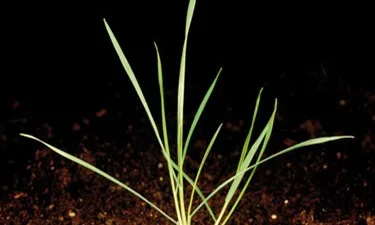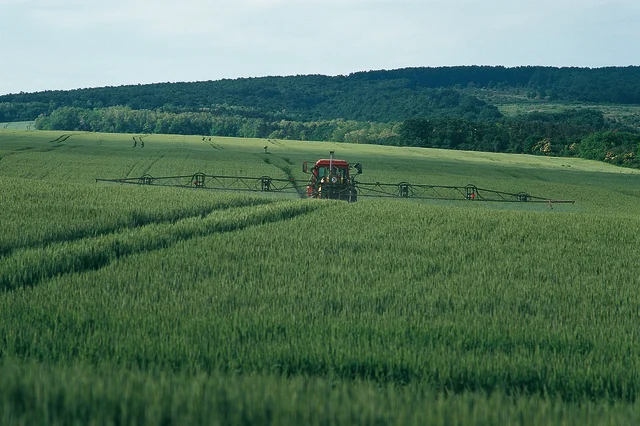Published on 24th September 2019
Weed Management
6 tips to avoid a clash of black-grass and aphid control

What do farmers need to be aware of in the first season without Redigo Deter?
Autumn 2019 will be unfamiliar territory for many farmers as they no longer have the benefit of neonicotinoid seed dressings like Redigo Deter (clothianidin + prothioconazole) to protect their cereal crops. The seed dressings provided protection against aphid vectors of Barley Yellow Dwarf Virus (BYDV) and also against slugs. But as well as the pest control, the seed treatment was a valuable tool to help manage autumn workloads. So what do farmers need to be aware of in the first season without Redigo Deter?
1. Late drilling is valuable for black-grass and aphid control
Drilling wheat in the second-half of October after the main flush of black-grass has been sprayed off is one of the most effective black-grass control measures. Late drilling also reduces the risk from aphids because cooler conditions mean it takes longer for the second generation of aphids to emerge. Consequently, late-drilled crops are likely to need fewer aphicide sprays than early-drilled crops.
2. Don’t compromise pre-emergence herbicides
Pre-emergence herbicides are essential to the success of the black-grass control programme. Several years’ trials demonstrate that Liberator (flufenacet + diflufenican) works best and is more consistent when applied at the true pre-em timing within 48 hours of drilling. Applying at the true pre-em timing ensures there is no clash with aphid control as the crop hasn’t even emerged to start the T-Sum calculation.
3. Don’t force jobs together
Looking for ways to reduce workloads by combining jobs is understandable but only if the timings match. Forcing together the residual herbicide programme and aphid control is likely to mean poorer aphid and poorer black-grass control. Many farmers now follow the pre-em. herbicide with an early top up of residuals approximately two weeks later. If conditions are very warm, this may coincide with aphid control requirements but is unlikely in late-drilled crops.
The one instance where aphid and weed control may coincide is autumn post-emergence applications of Atlantis OD (mesosulfuron + iodosulfuron). All the usual caveats apply around application timing and method for the herbicide and insecticide, but it could be an opportunity to reduce workloads.
4. Use the T-Sum calculation
The T-Sum calculation is an important tool for determining when to spray for aphids, use the tool and crop monitoring rather than applying during other autumn operations such as weed control. The T-Sum is calculated by subtracting 3oC from the average temperature each day and adding the result to the running total. When the T-sum reaches 170, it’s an indicator that the second wingless aphid generation could be starting to emerge, so growers should be walking their crop daily and spray if aphids are present.
5. Only spray for aphids when necessary
Pyrethroid resistance in aphids is a real danger according to Dr Stephen Foster of Rothamsted. Moderate resistance has been found in grain aphid and this could develop in bird cherry–oat aphid and rose grain aphid. To prevent further development of resistance, aphicides should only be used when the control threshold is reached. Tank-mixing pyrethroids because they’re relatively cheap and the sprayer is going into the crop anyway is the fast-track to resistance. Also, cultural controls like late-drilling will to help ease the pressure on chemistry.
6. Check crops
Redigo Deter provided crops with lots of protection against slugs as well as aphids. Without the protection it is important to check crops as often as possible to ensure that growth and development is as expected. Identify issues early so that you can use all the tools available to protect the crop.



